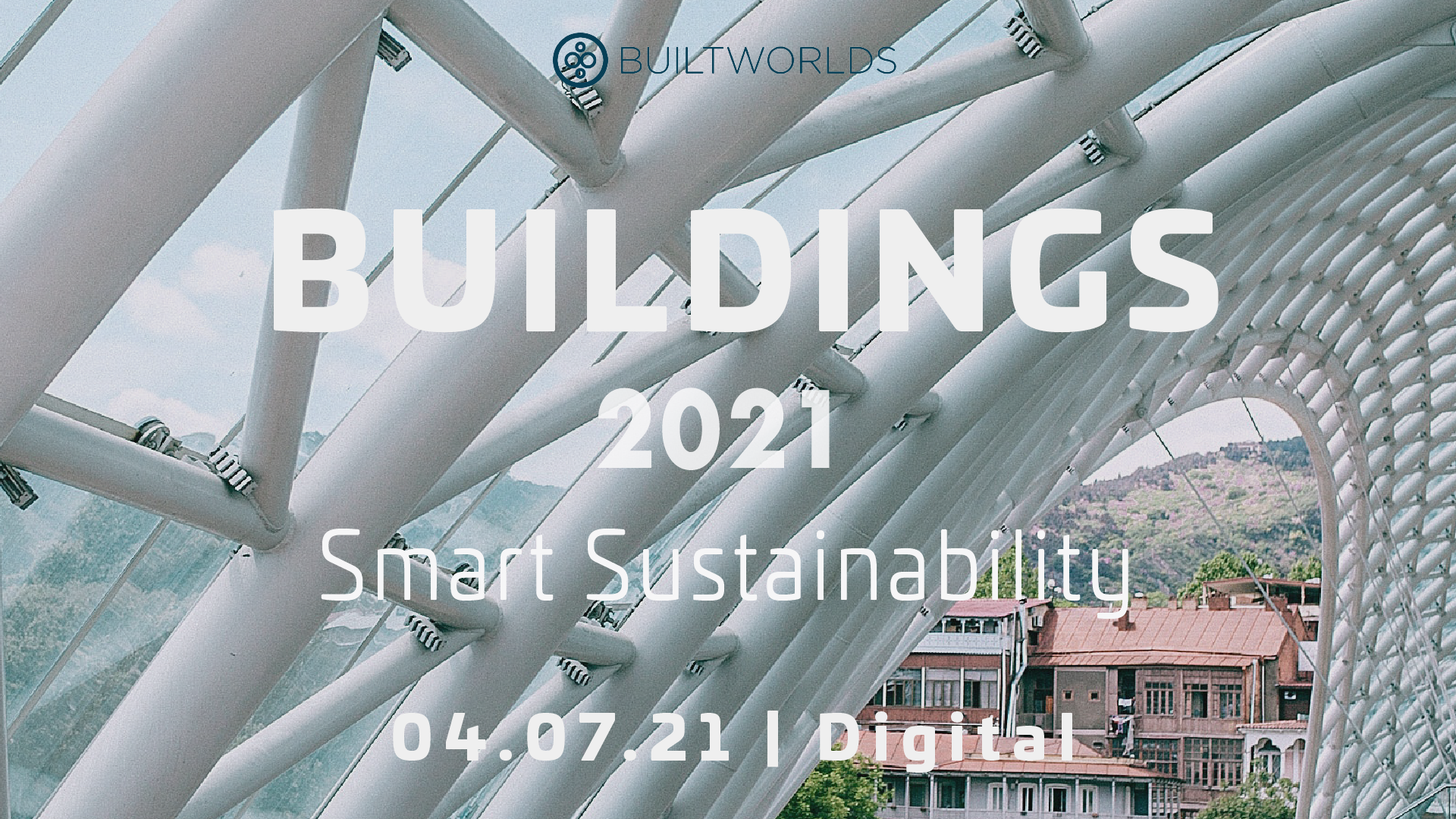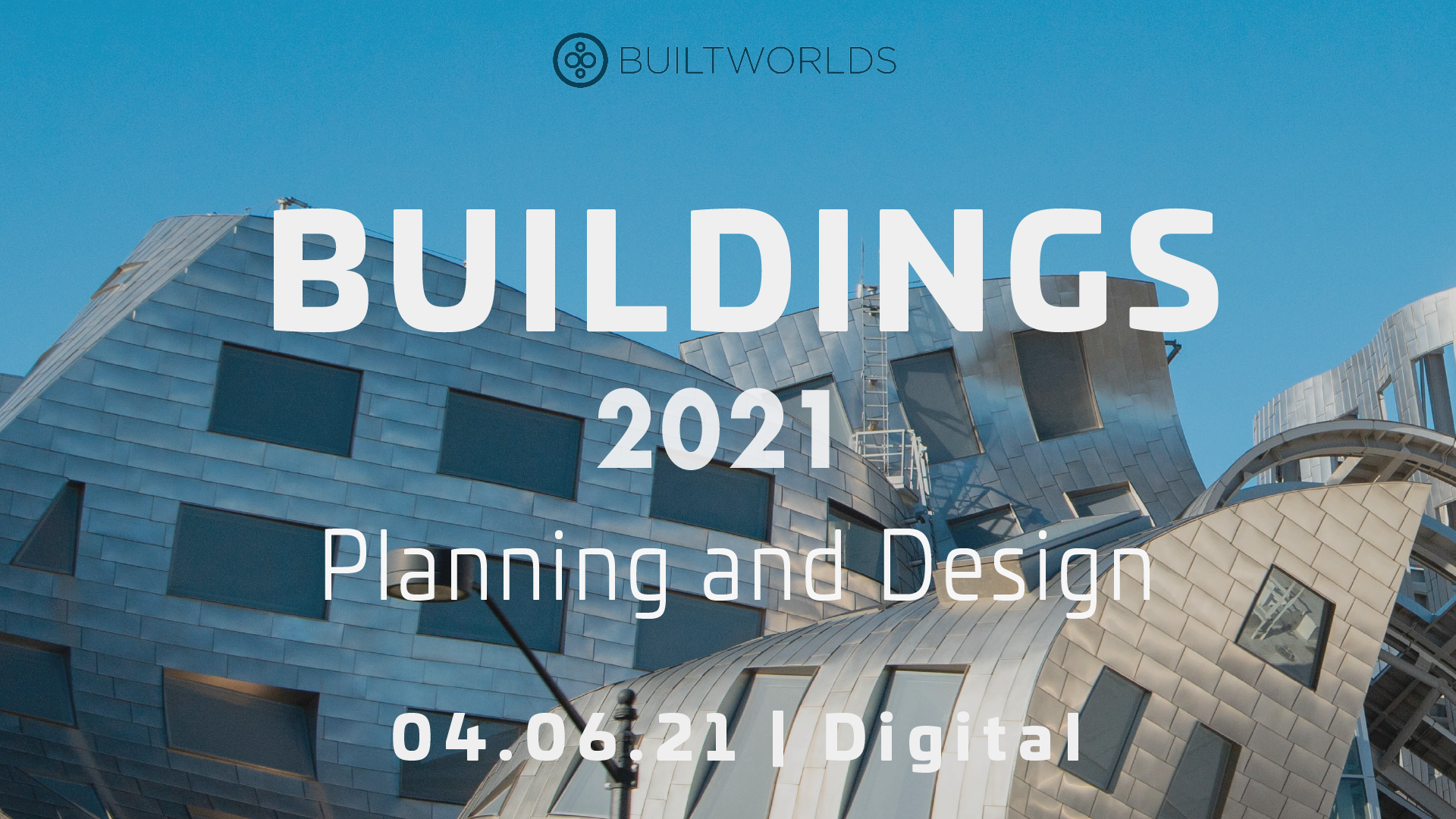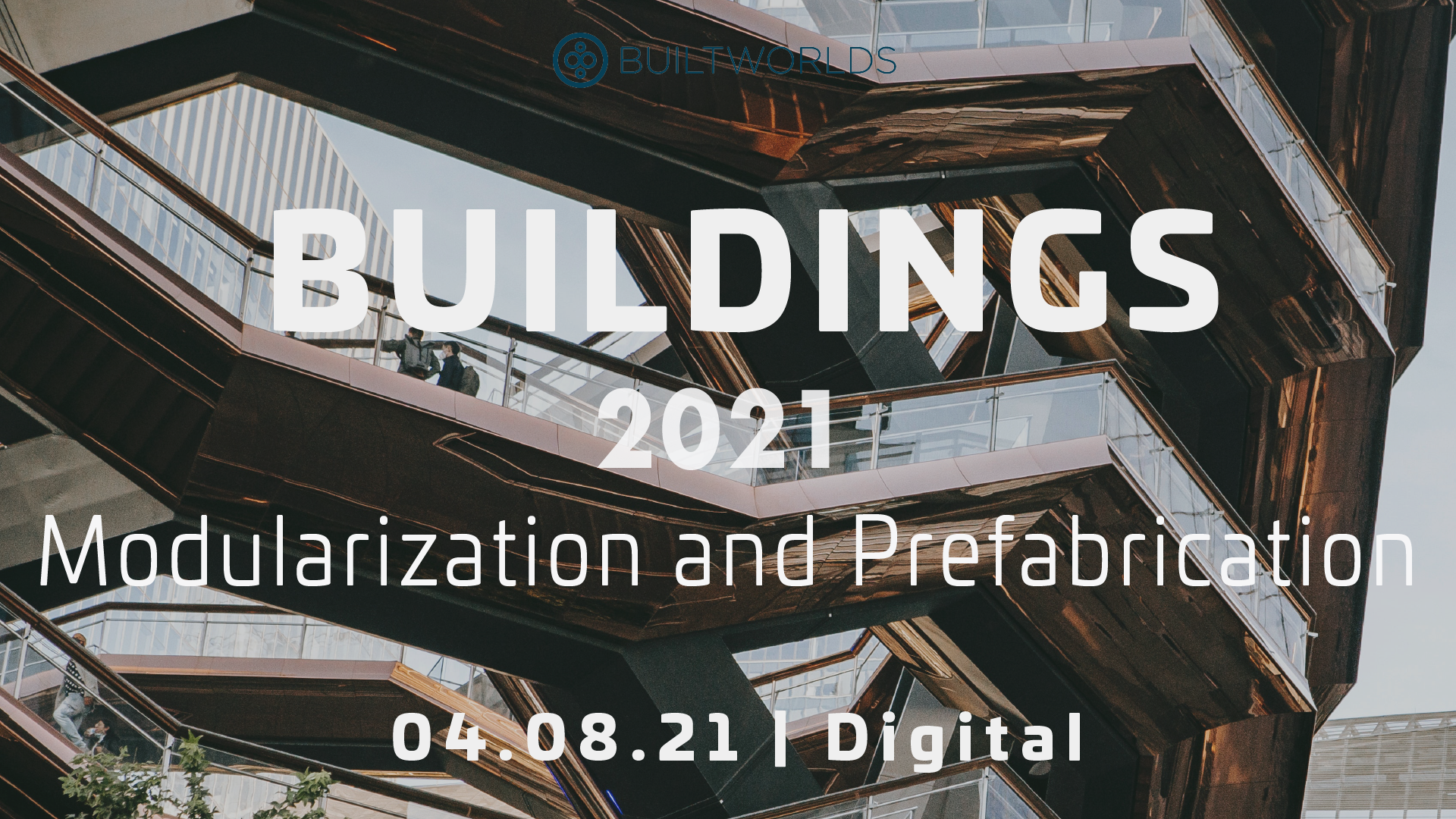
This past week, one of President Joseph Biden's first acts in office was to sign an Executive Order committing the United States to rejoin the Paris Agreements. It was a potent, national signal of support for the sustainable buildings movement. With the rejoining of the Accords, The United States will have significant work to do to catch up with other nations, and this will certainly impact the built environment in America in the coming years. Beyond the Paris Agreement and the new administration's posture, several other forces have recently contributed to an increase in momentum around sustainability in Buildings. In addition to a renewed focus on the carbon footprint of our buildings stemming from concerns about climate change, Covid 19 inspired a focus on health and wellness aspects, while the maturation of building technology solutions has fueled a rise in venture funding for technology that supports sustainable buildings. Perhaps most significantly of all, users of buildings are becoming more savvy about building performance and are beginning to demand more, prompting building investors, owners and developers to respond. As these trends take hold, they will spur further development of emerging technology, products, and materials that greatly enhance the performance of our Buildings.
America's Clean Energy Challenge May have More to Do with our Buildings than our Power Plants.
Consider this sound bite from the Department of Energy's 2015 Quadrennial Technology Review:
"The buildings sector accounts for about 76% of electricity use and 40% of all U. S. primary energy use and associated greenhouse gas (GHG) emissions, making it essential to reduce energy consumption in buildings in order to meet national energy and environmental challenges (Chapter 1) and to reduce costs to building owners and tenants"
The report goes on to outline how energy use in buildings could be cut by more than 35% "if research goals are met." In essence, the report frames the idea that America may not fave a problem in building more, cleaner alternative energy projects. It may, instead, face, a problem in its supersized demand for electricity. Countries like Japan, France, and Germany consume roughly half the electricity compared to consumption in the United State on a per capita basis. Since coal plants produced 23.4% of America's electricity in 2019, America potentially could retire all of its coal fired powered plants and not have to add a single watt of new capacity, if it were just to come closer to its peers in per capita consumption through capturing even the lower end range of building energy efficiency potential outlined in the Department of Energy's 2015 report.
What Gets Measured, Gets Improved and Other Advances Since 2015
Emerging technology has spawned a broad array of tools to promote sustainability since 2015, but one area where we see potentially the greatest influence is a much better ability to measure and model building performance. Earlier sustainability efforts tended to be prescriptive, prompting jeers about greenwashing as companies scored LEED points for bike racks at the base of freeway onramps and EV vehicle spots in a sea of surface parking. The challenge was that it was not easy to understand how buildings and materials actually performed relative to sustainability goals. Today, technology is making that effort much easier. Solutions like Kandu (from Saint Gobain Company), Wirescore, and Beacon (from Thornton Tomasetti) measure everything from air quality to connectivity to carbon footprint and provide tools for building planners to model the performance of new buildings. The ability to measure building performance in key areas on a much wider basis and then to model the implications of design choices on the performance of new buildings offers the promise of radical changes to the way we recognize high performance, sustainable buildings.
Money is Flowing to Sustainability
This past year, Fifth Wall, one of the industry's leading Built World venture fund managers with more than $1.2 billion under management, announced the creation of a $200 million venture investment fund focused on climate-related real estate tech investments. Asked about why they decided to launch the Fund in a December 15th article in Tech Crunch Fifth Wall Co-Founder, Brendan Wallace discussed the firm's reasons for launching the fund. On that same day, Fifth Wall's new partner, Greg Smithies, published a post on why he feels the time is now for a fund like this, and why he joined Fifth Wall from BMW i Ventures. Combined, the two pieces offer a pretty compelling commentary both on why sustainability initiatives are gaining such traction right now and also why they feel the investment opportunity in the sector is so big.
We noticed in our presentations at our Global Summit much more emphasis on solutions addressing buildings and climate change in regions outside of the United States, and with new momentum in investment, government mandates, and consumer demands, we can expect to see more new solutions and also more highly developed solutions in the months and years to come in the United States as well.
ABOUT BUILTWORLDS BRIEFINGS:
BuiltWorlds Briefings offer the BuiltWorlds Community perspectives on news affecting the community, opportunities to learn about network members, and also information about programming, research and other activities within the BuiltWorlds Member Network and broader BuiltWorlds Free Subscriber community. BuiltWorld Analyst Briefings are made possible through the support of the members of the BuiltWorlds Network.




Discussion
Be the first to leave a comment.
You must be a member of the BuiltWorlds community to join the discussion.